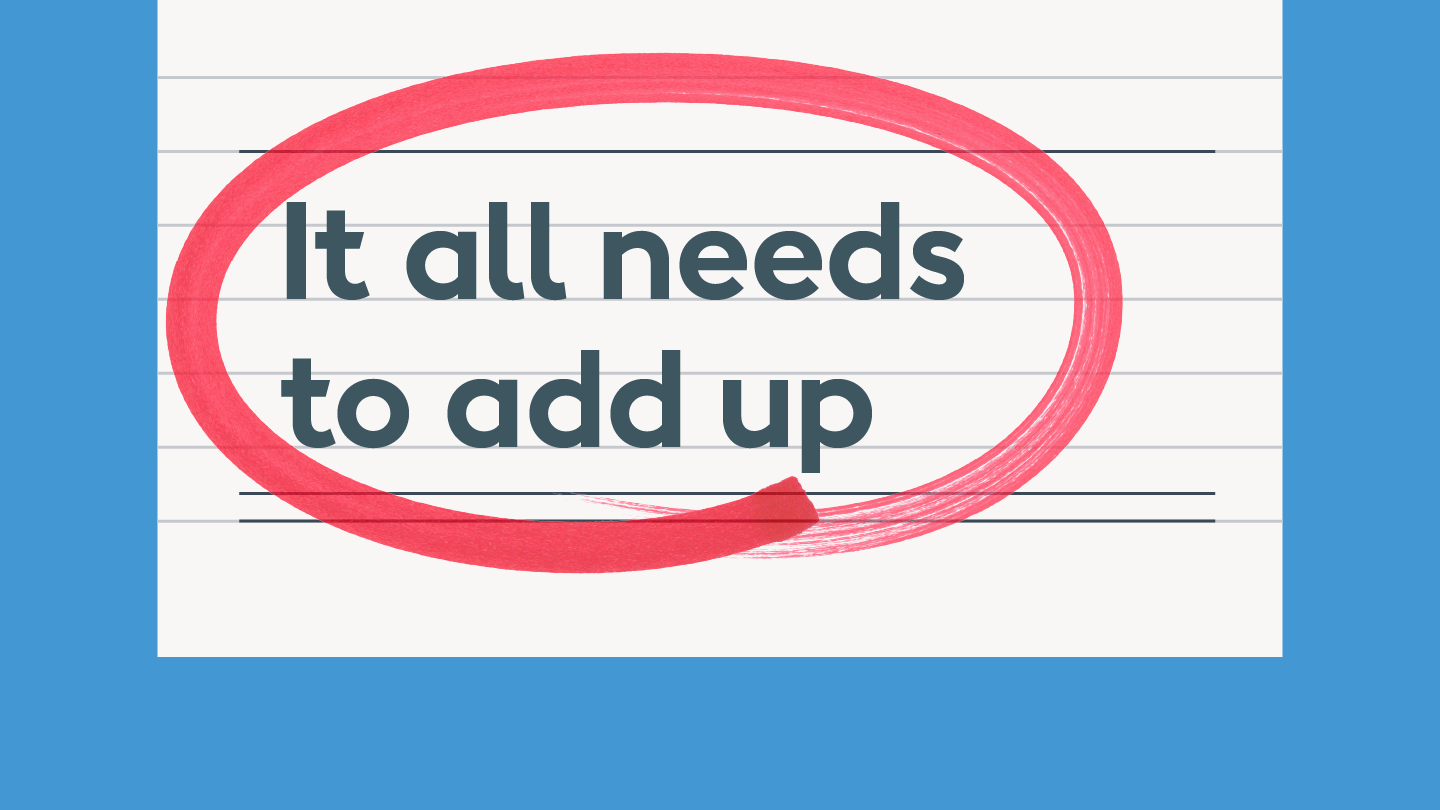The voluntary carbon market
To compensate for these kinds of emissions, companies, NGOs and private investors can purchase carbon credits on the voluntary carbon market. Each credit represents one tonne of carbon dioxide that has either been removed from the atmosphere, or which has been prevented from being emitted. When purchased and claimed as offsets, carbon credits are taken off the market to ensure they can only be used once.
The market is supplied with credits by both nature-based and industrial removal and reduction methods. Nature-based removal includes things like reforestation, while an example of reduction would be rewetting peatland areas to limit the release of carbon dioxide. Industrial removal methods include bioenergy carbon capture and storage, while reduction could mean the installation of more renewable energy capacity.
For those carrying out carbon reduction and removal activities, the voluntary carbon market helps finance these activities through the sale of carbon credits. For those buying carbon credits, the voluntary carbon market allows them to offset their residual emissions.

